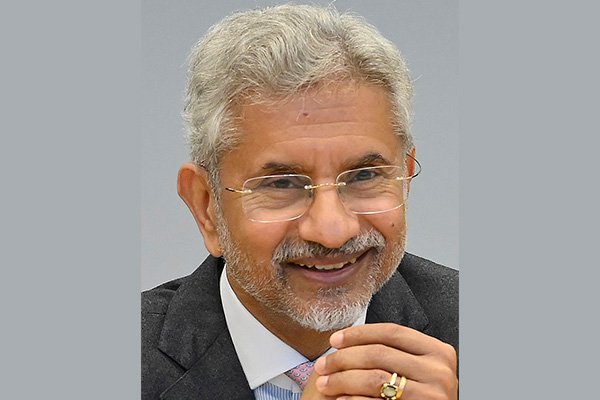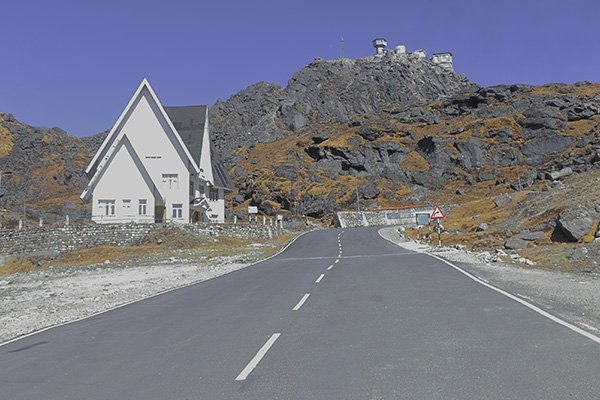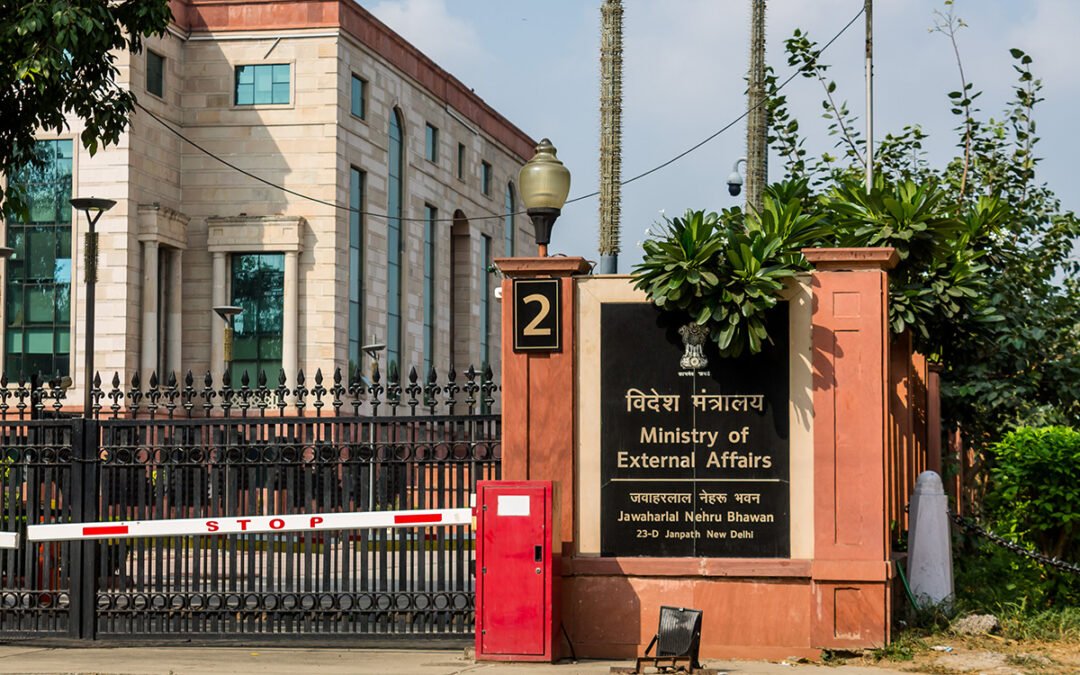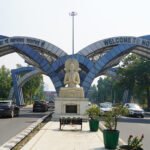For obvious ‘strategic reasons’ along the northern borders with China, India has been paying attention to well define the infrastructure with rapid development, according to S Jaishankar, Minister of External Affairs. This information came during the 33-month border dispute that has persisted in eastern Ladakh. The minister revealed to a group of reporters that construction of the 135-kilometre-long Chushul-Dungti-Fukche-Demchok route, which is crucial from a strategic standpoint, started the previous month.
The minister emphasised that 16 crucial routes needed to maintain soldiers along the Chinese border had been opened in a record amount of time and much ahead of prior years, saving tremendous amounts of money on the air sustenance of cut-off areas. Due to significant snowfall during the hard winter months, certain of the mountain passes along the border regions in Arunachal Pradesh, Sikkim, and Ladakh must be blocked.

India has been paying attention to well define the infrastructure with rapid development, said S Jaishankar, Minister of External Affairs.
Explaining the account of priorities of the government, the external minister mentioned that the 6,806 kilometres of roads developed near China’s borders from 2014 to and 2022 were almost twice the length of the 3,610 kilometres finished between the years 2008 and 2014. According to a statement by him, the overall length of bridges that are being built along the Chinese border increased from the length of 7,270 metres between the duration of 2008 and 2014 to 22,439 metres between 2014 and 2022.
Jaishankar also noted that in a record amount of time, far earlier than in past years, 16 critical passes that are necessary to maintain the troops on the China border have opened, saving large amounts of money on air sustenance of cut-off areas in addition to other significant economic and strategic benefits. The minister gave the critical Zojila axis as an example to explain, noting that traffic on it increased until January 4 of last year and then reopened on March 19, breaking the previous record of 73 days (as opposed to the customary four to five months).
According to Jaishankar, for obvious geopolitical reasons, the authorities have prioritised the rapid construction of infrastructure along the northern borders with China. In addition to this, the authorities are quickly establishing border connectivity with our friendly neighbours in order to improve trade, energy, and other interpersonal interactions as well.

The construction of the Sela tunnel on the Balipara-Charduar-Tawang route will provide the Indian Army access to the Line of Actual Control (LAC).
The construction of the Sela tunnel on the Balipara-Charduar-Tawang route will provide the Indian Army access to the Line of Actual Control (LAC) at Tawang in all weather circumstances, which is located at an elevation of 13,700 feet, according to the external affairs minister. It consists of two tunnels, one measuring 1,790 metres in length and the other 475. By August, the tunnel’s construction ought to be finished. When finished, it will be the longest two-lane tunnel in the world, rising more than 13,000 feet.
While also mentioning the adoption of new and sustainable technologies, the minister of external affairs spoke about how these technologies can help to better the construction of infrastructure in the border areas which are inaccessible and are in high-altitude regions. The usage of a unique non-frost sensitive sub-base (NFSSB) layer for road developments in Ladakh, as well as locally made modular bridges of load class 70, were especially mentioned by him. The external affairs minister also emphasised a number of connection initiatives with nearby nations, including Nepal, Bangladesh, and Bhutan.



















